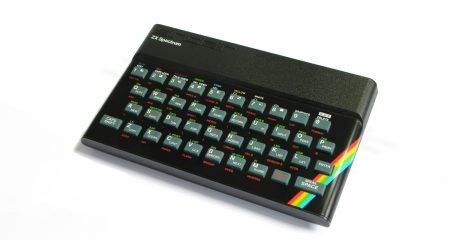
BlackBerry 10 (BB10) certainly delivered on one of maker BlackBerry’s promises: the new operating system is startlingly different, not only to its predecessor BlackBerry 7, but also to anything else out there.
Vivek Bhardwaj, head of BlackBerry’s software portfolio, tells TechCentral that there are three characteristics common to most users of the company’s devices. They’re “hyperconnected”, they want genuine multitasking, and they’re interested in “getting things done”. It’s these things that prompted a number of design decisions in BB10 and the devices that run it.
“Multitasking was inherent in BlackBerry from the start,” Bhardwaj says, alluding to the ability to dial a phone number directly from an e-mail, even on fairly early BlackBerry smartphones. “We wanted to take that forward with BB10. Our user experience people said we needed to remove all physical navigation and opt for gestures. We decided on the thumb as the ultimate track and navigation tool.”
Controlling a BlackBerry with a thumb is “built into the company’s DNA”, Bhardwaj says, and gestures are a natural evolution from the trackball that graced early devices and the optical trackpad that followed.
Another important feature of the overhauled software is “visual confirmation”.
“When we looked at a lot of smartphones, one of the barriers for multitasking or being productive was having to look at the screen for confirmation.”
With this in mind, all of the important controls for BB10 appear in the bottom two thirds of the display of the BlackBerry Z10 — the only BB10 device on the market to date — keeping them within thumb’s reach and requiring little visual confirmation.

Effective multitasking also meant finding a more efficient way of keeping the most frequently used applications readily available. “The experience of leaving apps you use throughout the day open is a lot like people’s existing experience with their laptops,” Bhardwaj says.
As a result, BB10 allows users to have up to eight apps open simultaneously. These are then displayed across two screens as tiles — four on each screen — that also display live information. Open a ninth app and it assumes the first position.
Bhardwaj says the decision to allow eight apps to be open at once was both the result of research with users — which showed that most users tended to move between five and seven apps — and to achieve a balance between performance, battery life and responsiveness.
A decision was also taken to allow all apps to use full-screen resolution rather than insisting on ubiquitous on-screen controls or other elements. “Every app on BB10 occupies the entire screen, there’s no status bar or other loss of space.”
The company has clearly paid close attention to design. For example, swiping down on the lock screen puts the device into “bedside” mode, where users can set an alarm by moving a slider around an analogue clock – displayed in red on a black background for a low-light, low-contrast and low-energy consumption solution — while also silencing all notifications.
Effort was also expended on the text-input system, with various swipes allowing users to switch between character and symbol keyboards, and erase or autocomplete words. The software allows users to type in up to three languages at a time while getting simultaneous predictions (assuming all three languages use the same keyboard).
Don Lindsay, vice-president of user experience at BlackBerry, says the company has even gone as far as employing a carefully considered typeface for its new operating system and some of its in-house communication. The typeface, called Slate, was designed by a Canadian, Rod McDonald, and is a sanserif font designed to be highly legible.
“We wanted the user interface to be about ‘stroking, not poking’,” Lindsay says. “Sliding on glass is a much more viscerally rewarding experience.” — (c) 2013 NewsCentral Media
- Craig Wilson travelled to Canada a guest of BlackBerry




